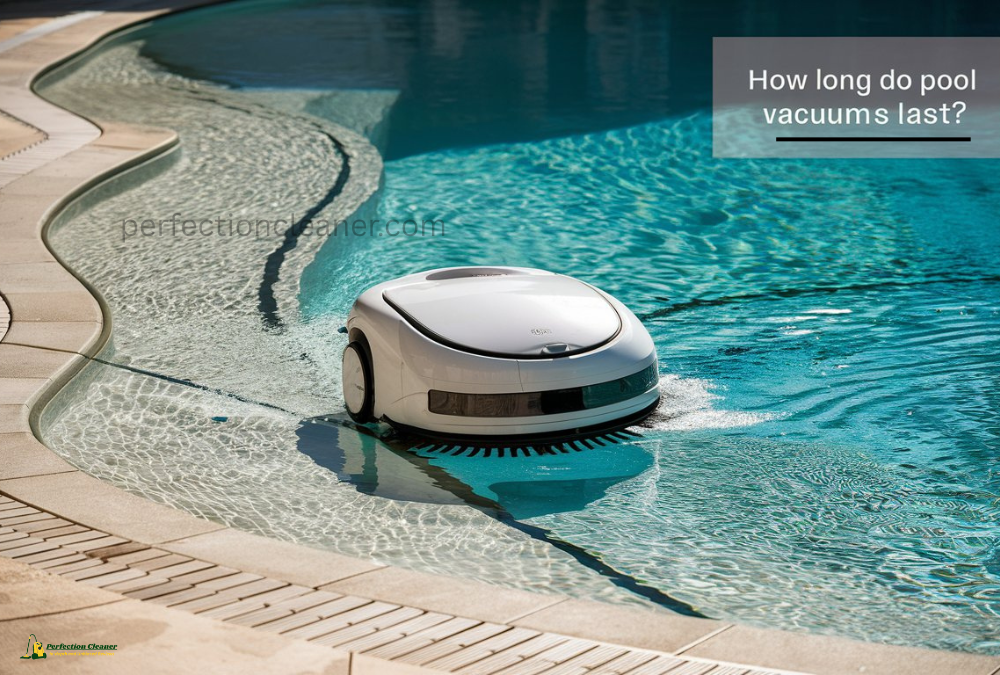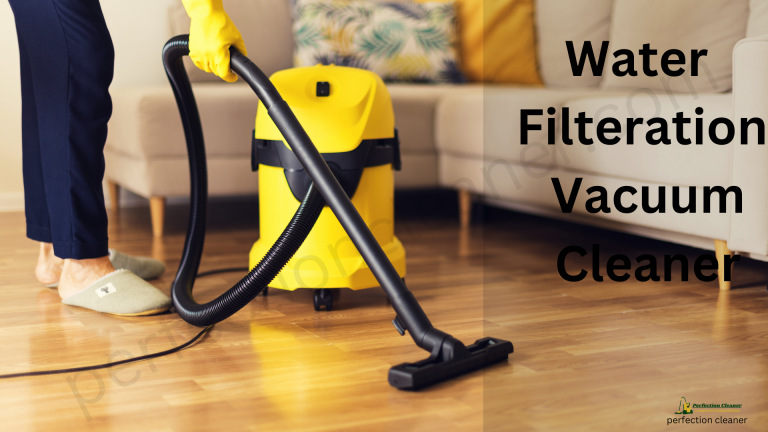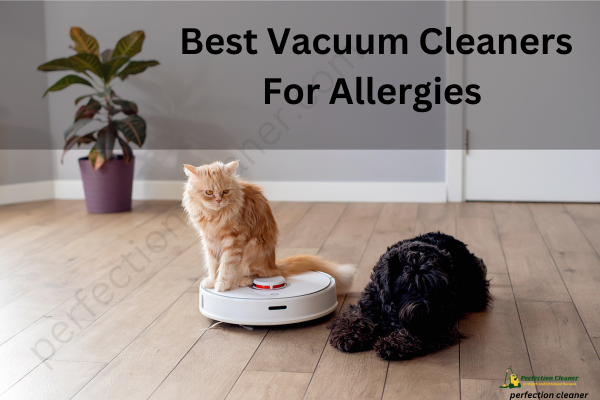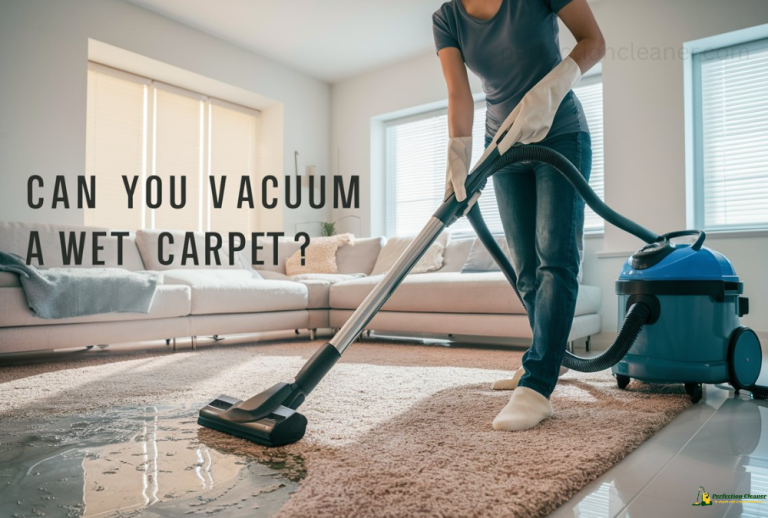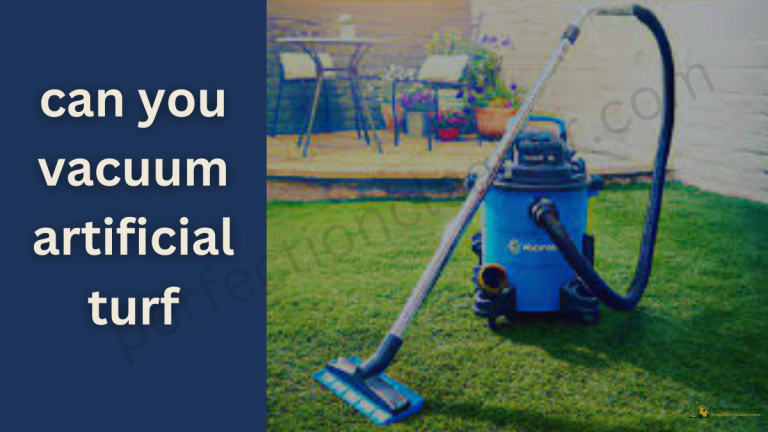How Long Do Pool Vacuums Last? Full Lifespan Guide, Tips & Buyer Insights
When you invest in a pool vacuum, you’re aiming for convenience, clean water, and long-term value. But how long do these machines last? Whether you own a robotic, suction-side, or manual vacuum, the answer depends on several important factors like usage, maintenance, type, and even water chemistry. This guide will help you understand not just how long pool vacuums last, but also how to make yours last longer.
Understanding Pool Vacuum Lifespans by Type
Pool vacuums don’t have a fixed expiration date. Their lifespan depends on what kind you own and how you maintain it. Here’s a breakdown:
| Type of Pool Vacuum | Average Lifespan | Maintenance Level |
|---|---|---|
| Manual Pool Vacuums | 2 to 4 years | Low to Medium |
| Suction-Side Vacuums | 3 to 5 years | Medium |
| Pressure-Side Vacuums | 4 to 6 years | Medium to High |
| Robotic Pool Vacuums | 5 to 8 years | Low to Medium |
While robotic vacuums are more expensive, they usually last longer due to advanced build quality and fewer moving connections with pool systems.
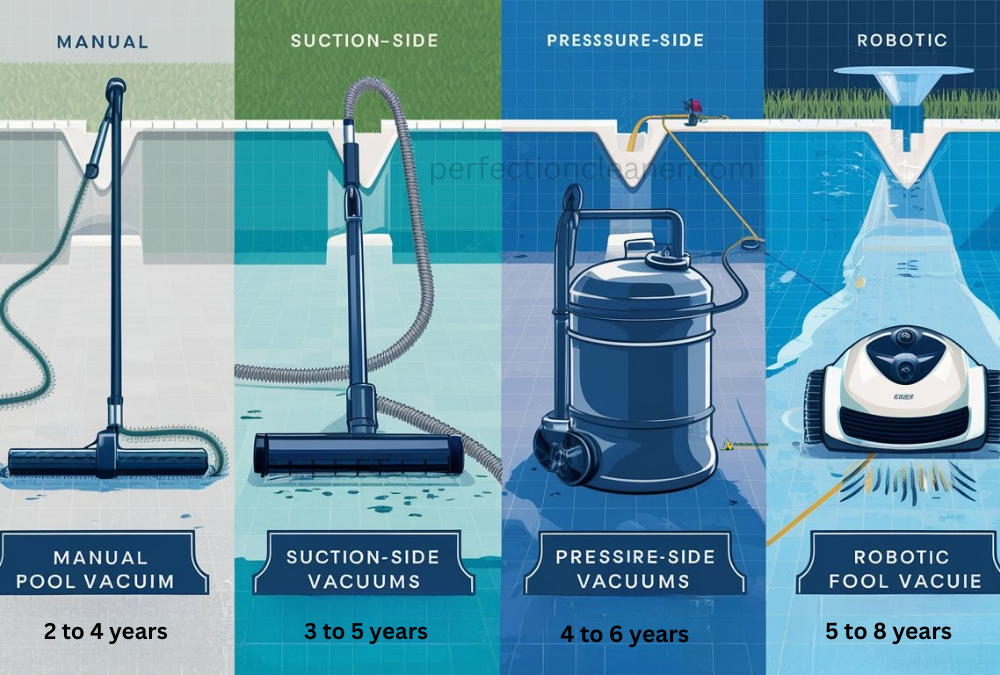
What Shortens a Pool Vacuum’s Life?
Many pool owners unknowingly reduce their vacuum’s life through poor maintenance or bad habits. The following are common reasons for early failure:
1. Neglecting Maintenance
- Ignoring filters or letting debris build up causes clogs and motor strain.
- Not cleaning brushes or wheels reduces movement efficiency.
2. Improper Storage
- Leaving it in the sun or rain causes plastic parts to crack and electronic circuits to corrode.
- Storing robotic models in damp locations can fry their internal boards.
3. Water Chemistry Issues
- High chlorine or unbalanced pH eats away at seals, hoses, and moving parts.
- Saltwater pools can be especially harsh if the unit isn’t rated for them.
4. Frequent Usage Without Breaks
- Daily operation without proper cooldown periods shortens motor life, especially in robotic vacuums.
- For manual and suction vacuums, excessive strain on the hose or pump can wear out components quickly.
5. Cheap Replacement Parts
- Low-quality hoses or motors wear faster and reduce the vacuum’s total lifespan.
- Incompatible or non-branded parts may cause further internal damage.
Signs That Your Pool Vacuum Is Dying
Don’t wait for a total breakdown. Replace or repair your vacuum if you notice:
- Reduced suction power
- Constant clogging or jamming
- Unusual noises
- Worn-out or brittle hoses
- Poor cleaning performance
- Frequent error codes (in robotic models)
If the vacuum takes longer than usual to clean, skips areas, or stops abruptly, it may be time to service or replace it.
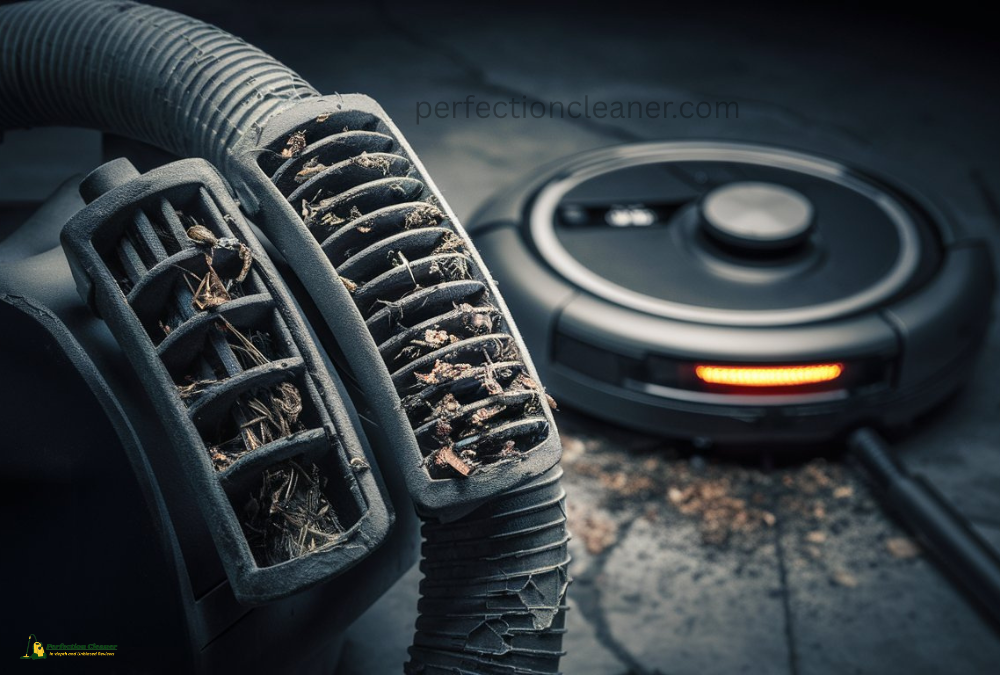
Pros and Cons of Each Pool Vacuum Type (Durability-Wise)
🔧 Manual Pool Vacuums
Pros:
- Inexpensive
- Easy to replace parts
- No electric components to break
Cons:
- Labor-intensive
- Susceptible to physical damage from user error
- Not ideal for large or deep pools
⚙️ Suction-Side Pool Vacuums
Pros:
- Affordable and effective
- Connects directly to the filtration system
- Great for routine light cleaning
Cons:
- Heavily depends on the pool pump’s strength
- Frequent wear on hoses and suction valves
- Can struggle with large debris
💨 Pressure-Side Pool Vacuums
Pros:
- Strong debris handling
- Doesn’t clog filters
- Cleans large debris like leaves and bugs efficiently
Cons:
- The booster pump adds wear and tear
- More components = more chances of failure
- Higher energy usage
🤖 Robotic Pool Vacuums
Pros:
- High-tech sensors and software
- Separate from the pool’s plumbing
- Efficient and automatic
- Best for energy efficiency and convenience
Cons:
- Most expensive to buy and fix
- Requires delicate handling and storage
- Repairing sensors or circuit boards can be costly
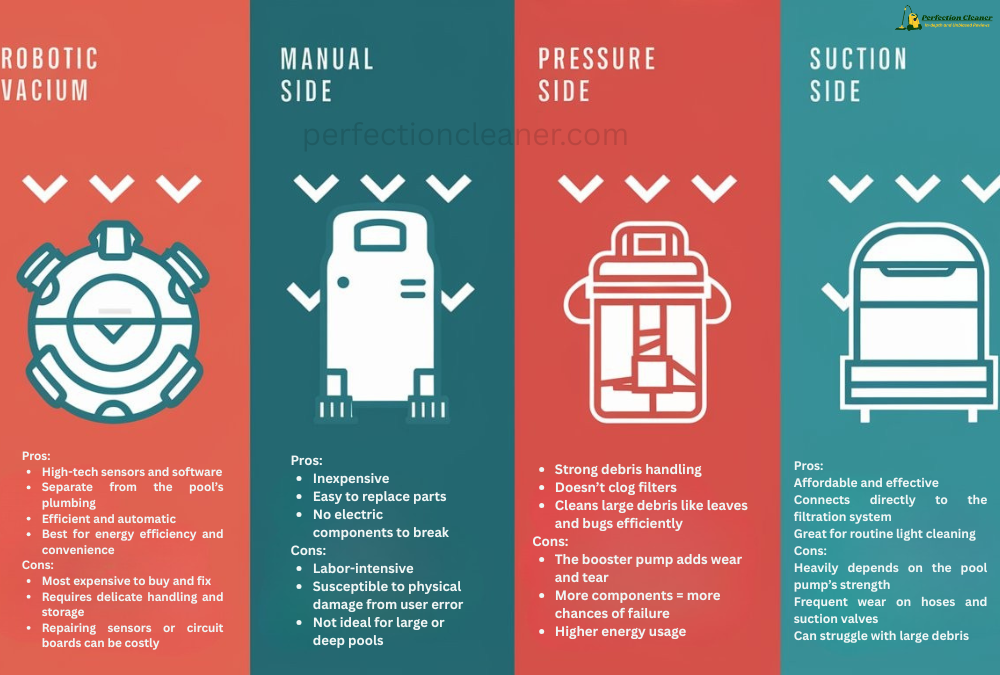
Expert Tips to Maximise the Lifespan of Your Pool Vacuum
Whether you’re using a robotic vacuum or a basic manual cleaner, you can extend its life by following these best practices:
✅ 1. Rinse After Each Use
Always rinse with fresh water to remove chlorine and debris. This prevents corrosion and prolongs part life.
✅ 2. Store Properly
Store in a cool, dry place away from direct sunlight. Robotic vacuums should never be left in the pool after use. Use caddies if available.
✅ 3. Check for Wear and Tear Monthly
Inspect hoses, brushes, wheels, and connections for cracks or damage. Replacing small parts early prevents larger failures.
✅ 4. Clean Filters and Bags Regularly
Especially important for suction and robotic vacuums. A clogged filter puts stress on the motor and reduces cleaning efficiency.
✅ 5. Use a Pool Cover When Not in Use
Less debris, less vacuuming, longer machine life. Covers also protect water chemistry.
✅ 6. Update Software (for robotic models)
Many new robotic cleaners offer firmware updates via app or USB. Updating keeps the vacuum operating efficiently.
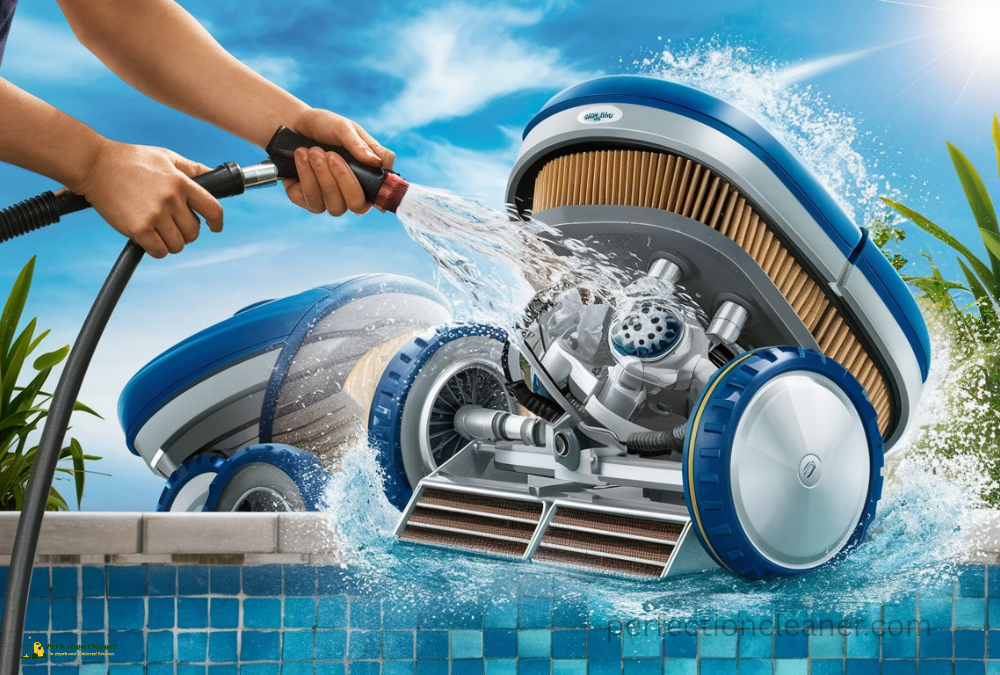
Detailed Comparison: Pool Vacuum Types & Durability
| Feature | Manual | Suction-Side | Pressure-Side | Robotic |
| Price | $100–$200 | $150–$350 | $300–$600 | $500–$1500 |
| Lifespan | 2–4 yrs | 3–5 yrs | 4–6 yrs | 5–8 yrs |
| Cleaning Power | Low | Medium | High | Very High |
| Maintenance Required | Low | Medium | High | Medium |
| Ease of Use | Low | Medium | Medium | Very High |
| Ideal For | Small pools | Budget users | Medium debris | Large pools |
| Downtime Risk | Low | Medium | Medium | High (tech-related) |
Market Analysis: Top Brands & Reliability
The most reliable pool vacuum brand’s lifespan:
- Dolphin (Robotic) – 6 to 8 years with maintenance
- Polaris (Pressure-side) – 4 to 6 years
- Hayward (Suction-side) – 3 to 5 years
- Zodiac (Manual/Suction) – 2 to 4 years
Final Thoughts: Lifespan Depends on Care
A pool vacuum can last anywhere from 2 to 8 years, depending on how you use, maintain, and store it. The more attention you give it, the longer it will perform effectively.
Choosing the right type for your pool’s needs and sticking to good maintenance habits will save you hundreds in replacement costs and extend the lifespan of your investment.
If you’re ready to upgrade or extend the life of your current vacuum, make care and maintenance your top priority.
FAQs – How Long Do Pool Vacuums Last?
Q1: Can I repair a pool vacuum instead of replacing it?
Yes, many parts like filters, hoses, and wheels can be replaced affordably. Always check the warranty first.
Q2: Do all robotic vacuums last the same amount of time?
No. Premium models like Dolphin Premier last longer than cheaper models due to higher-quality parts.
Q3: How do I know if my pool vacuum is still under warranty?
Check the purchase receipt or contact the manufacturer. Warranties typically range from 1–3 years.
Q4: Can high chlorine levels reduce lifespan?
Absolutely. Excessive chlorine can break down seals and damage internal components over time.
Q5: What’s better for long-term use—manual or robotic?
Robotic vacuums offer better long-term value if well-maintained. Manual vacuums require more effort and break down faster.

